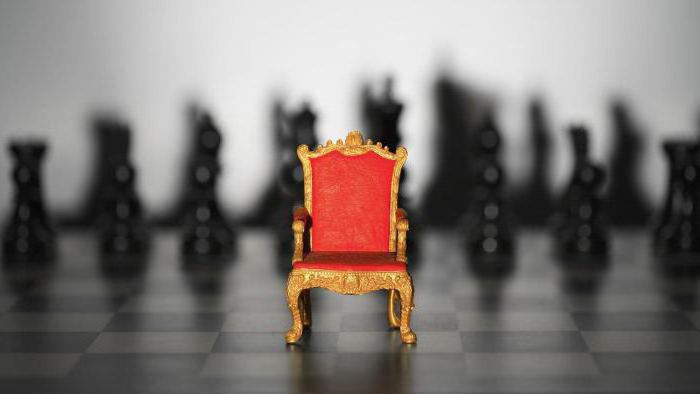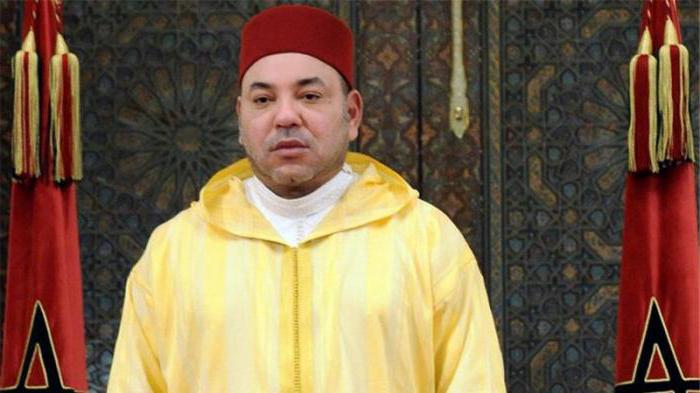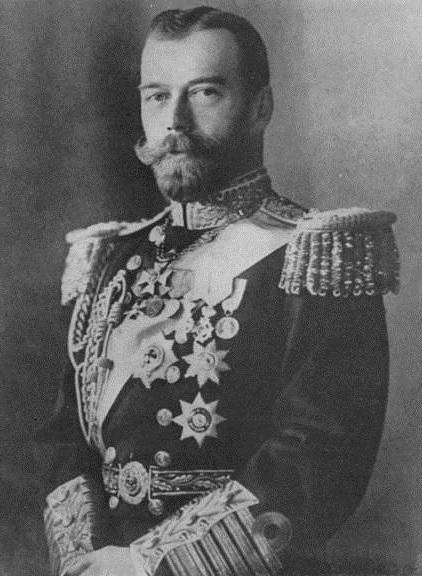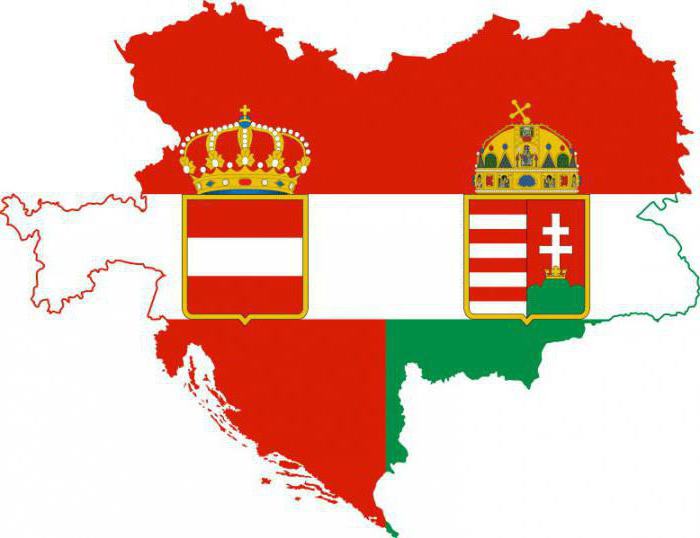How is the dualistic monarchy different from others? forms of government this kind? The power of the king (king, prince, etc.) under such a political system is limited by parliament. But at the same time, the monarch retains some important powers.
Signs
In modern political science, the dualistic monarchy is considered a subspecies of the constitutional. Its outlines are rather vague, therefore a variety of countries fall under this definition. First of all, under such a system, the monarch has a limited influence on the legislative branch. She moved to parliament or another representative body. Its members are elected by popular vote, which gives the population the opportunity to influence state policy.

At the same time, the dualistic monarchy retains the fullness of the executive power of the monarch. In addition, he can veto any law passed by parliament. Also, the sovereign has the right to issue extraordinary decrees that can fundamentally change life in the country. The dualistic monarchy is structured in such a way that the government only answers to the first person in the state. Parliament cannot intervene in these relations. The only lever of influence in the hands of a representative body is the ability to approve a budget. If we summarize all these circumstances, we can say that in a dualistic monarchy the power of the supreme ruler still prevails over other institutions, even despite the existence of a constitution.
Examples
Today, a dualistic monarchy exists in some countries of Asia and Africa (for example, in Morocco, Nepal and Jordan). A system in which the sovereign’s power is noticeably more significant than parliamentary is a rather rare phenomenon. Today, monarchies as such have either turned into decoration (as in Europe), or completely disappeared from the political map of the world. At the same time, the dualistic principle of public administration existed in many important countries in the 19th and early 20th centuries. So, for example, it was in Italy, Austria-Hungary and Prussia. These systems were swept away by world wars and revolutions.
Even dualistic monarchies such as Morocco and Jordan tend to gravitate toward absolutism. This is due to the great importance of traditions and customs in the Muslim world. In Jordan, the government is responsible to parliament, but if the latter wants to approve a vote of no confidence in the ministers, then this document must be approved by the king. That is, the monarch actually has all the leverage to not pay attention to the opinion of the legislature in a difficult situation.

In Russia
The Russian Empire was also a dualistic monarchy for a short time. This period lasted from 1905 to 1917. It was a decade between the two revolutions. After the defeat in the war against Japan, the popularity of Nicholas II fell sharply. Armed uprisings began among the population, which led to unprecedented bloodshed. Finally, Nicholas II agreed to yield to his opponents. He renounced his absolute power and established a parliament.
The first convocations of the State Duma failed to work out the due date. During this time, conflicts broke out between the executive and legislative branches of power. Nikolai took advantage of his right to dissolve parliament. His policy was supported by the head of government - Prime Minister Pyotr Stolypin. Only the State Duma of the third convocation (1907-1912) lasted the entire period allotted by law. Since then, the system has worked without failures. However, in February 1917, the February Revolution broke out.Nicholas II had to abdicate. In Russia, a republican type of government was established for a short time.

The meaning of dualism
In historiography, the point of view has been established that the dualistic monarchy is a kind of compromise between the absolute power of the monarch and the desire of the population to participate in the political life of the country. Often, such regimes become an intermediary between the royal dictatorship and the republic.
Rulers rarely voluntarily shared their authority with other institutions of power. The transition from one system to another, as a rule, was due to revolutions and popular unrest. In each state, people's discontent took on its own shade. For example, in Austria-Hungary, a dualistic monarchy was established after the division of power between the two main national parts of the empire - Austria and Hungary.
System stability
The most commonly compared parliamentary and dualistic monarchy. Signs of both are similar. If in the dualistic monarchy the separation of powers is curtailed, then in the parliamentary it is complete. If the sovereign intervenes in the work of the parliament or blocks his decisions, then he thus deprives the population of their representation in the political life of the country.
The blurring of the dualistic monarchy makes it unstable. As a rule, such regimes in the historical perspective do not exist for very long. This is not surprising, because in the separation of powers there is a struggle between the conservative institution of the monarchy and the freedom-loving part of society. Such a confrontation ends only in the victory of one of the parties.